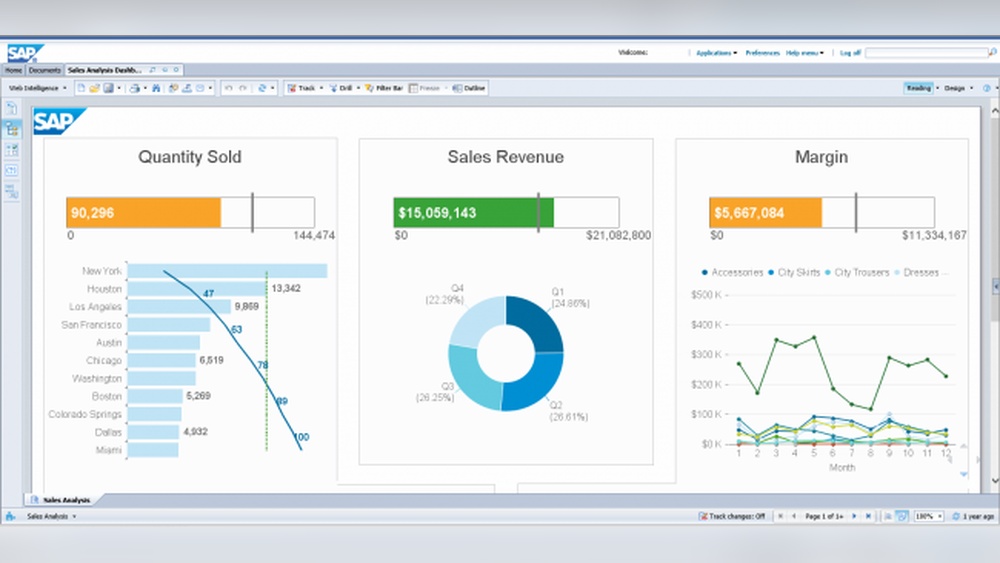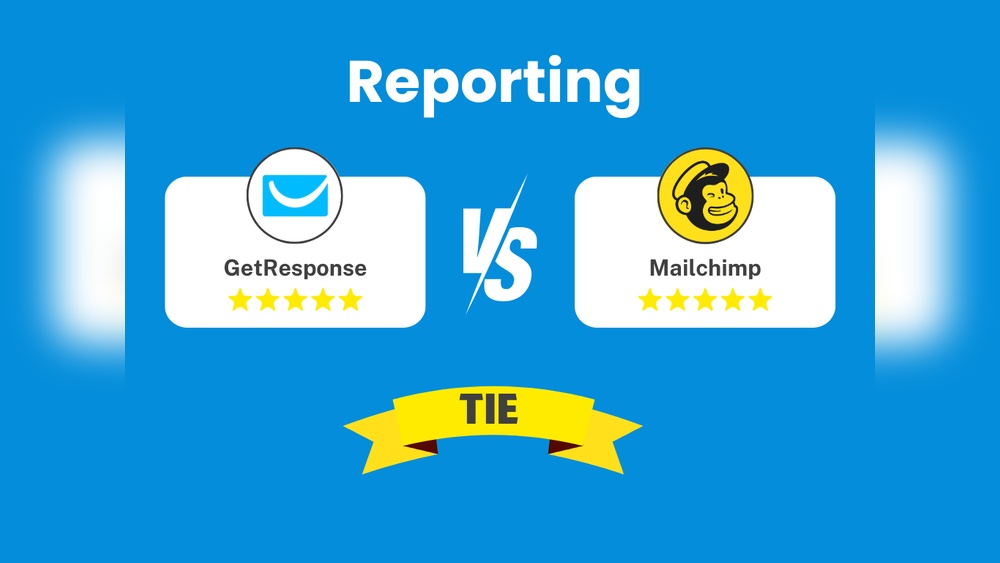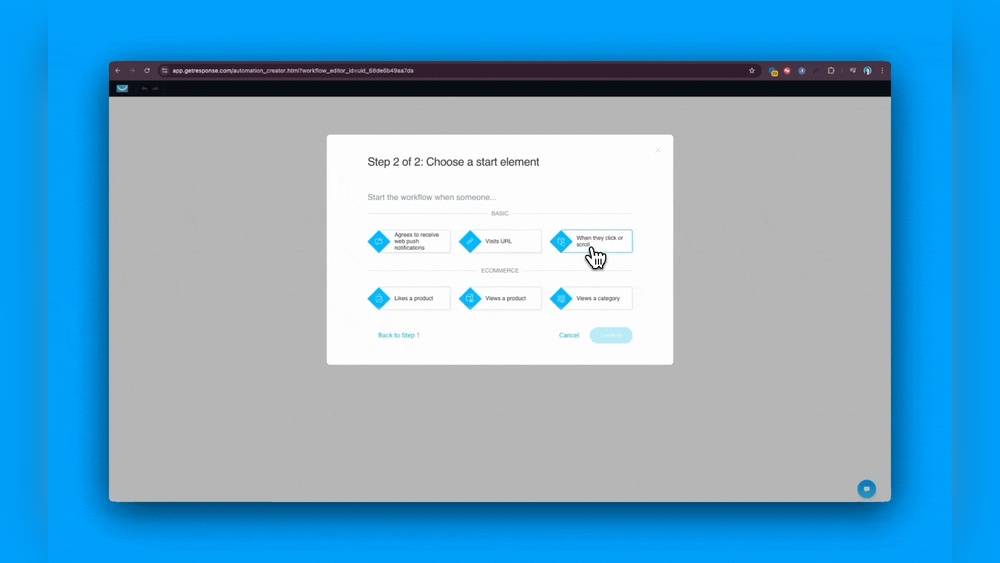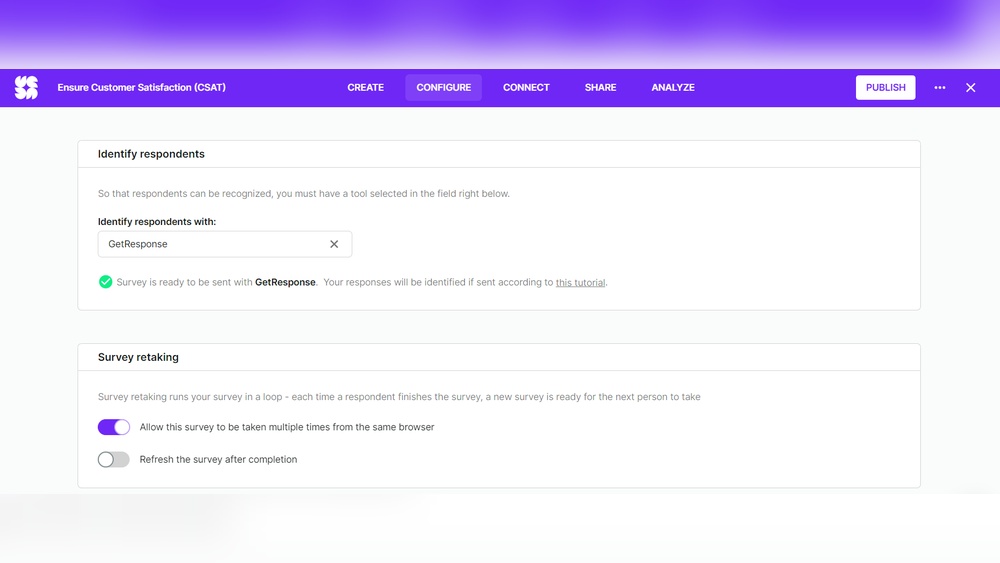Are you wondering if Business Objects is truly a BI tool that can transform your data into powerful insights? You’re not alone.
Many professionals ask this question when exploring options to boost their business intelligence capabilities. Understanding what Business Objects offers—and how it fits into the BI landscape—can be the key to making smarter decisions for your company. You’ll discover what Business Objects is, why it’s considered a BI tool, and how it can help you unlock the full potential of your data.
Keep reading to find out if Business Objects is the right solution for your business intelligence needs.

Credit: www.sap.com
Business Objects And Bi Tools
Business Objects is often discussed in the context of business intelligence (BI) tools. It is a software suite designed to help companies make sense of their data. By transforming raw data into useful information, Business Objects supports decision-making processes. Understanding its role among BI tools clarifies its value for businesses seeking data insights.
What Business Objects Offers
Business Objects provides a platform for reporting, analysis, and data visualization. It allows users to create detailed reports from different data sources. The suite includes tools for querying databases and sharing reports across teams. Its centralized design helps maintain data consistency and security. Users can access information through dashboards and interactive reports.
Core Features Of Business Objects
Business Objects comes with several key features. It supports ad hoc reporting, letting users build reports without needing IT help. The platform offers data integration from various sources. It includes tools for creating charts, graphs, and dashboards. Scheduling and automated report distribution are also available. The system ensures data accuracy and helps monitor business performance.
Comparison With Other Bi Tools
Compared to other BI tools, Business Objects focuses on structured reporting. It excels at handling large volumes of data and complex queries. Some tools like Power BI offer more user-friendly interfaces for casual users. Business Objects is often preferred for enterprise environments needing detailed control. While it may require more setup, it delivers robust reporting capabilities. Its strength lies in consistency and deep data analysis.
Data Reporting Capabilities
SAP BusinessObjects offers strong data reporting capabilities that support business intelligence needs. It helps users create, manage, and deliver reports efficiently. These features enable companies to turn raw data into meaningful information. The platform supports a variety of reporting styles and formats to meet different business requirements.
Structured Reporting Processes
BusinessObjects uses structured reporting processes to ensure data accuracy. Reports follow predefined templates and rules. This reduces errors and keeps data consistent. Users can customize reports to fit specific needs. The system manages data sources and integrates information smoothly.
Scheduled Report Generation
Reports can be generated automatically at set times. Scheduled report generation saves time and effort. Users receive updates regularly without manual intervention. This helps in monitoring business performance continuously. The system supports multiple delivery formats like email and dashboards.
Visualization Options
BusinessObjects provides various visualization options for better data understanding. Charts, graphs, and tables make data easier to interpret. Visual tools highlight trends and patterns quickly. Users can interact with reports to explore details. These features improve decision-making across the organization.
Data Analysis And Sharing
Data analysis and sharing are key parts of any business intelligence tool. Business Objects offers strong features for examining data and sharing insights. It helps users turn raw data into clear information. This makes decision-making easier and faster.
Users can organize data to find patterns and trends. Sharing reports and dashboards keeps teams informed. Business Objects supports collaboration and integrates with many data sources. This makes it a reliable choice for businesses needing solid BI tools.
Data Sorting And Filtering
Business Objects allows users to sort data by different criteria. Filtering helps focus on specific data points quickly. These features enable users to explore data deeply without extra tools. It is easy to find relevant information by adjusting filters and sorting rules.
Collaboration Features
Sharing reports with team members is simple in Business Objects. Users can schedule report distribution to keep everyone updated. The platform supports comments and annotations for better communication. This helps teams work together and make informed decisions faster.
Integration With Data Sources
Business Objects connects to many types of data sources. It works with databases, spreadsheets, and cloud services. This flexibility ensures users get data from all needed systems. Integration helps keep data fresh and accurate for analysis and reporting.
Business Objects Vs Modern Bi Tools
Comparing Business Objects with modern BI tools reveals key differences. Business Objects is a traditional platform with strong reporting features. Modern BI tools focus on agility and user-friendly design. Each serves different business needs and user skills. Understanding their strengths helps choose the right BI solution.
User Experience And Flexibility
Business Objects offers a structured interface suited for IT professionals. Its complexity requires training and technical knowledge. Modern BI tools provide intuitive, drag-and-drop interfaces. Users can create reports and dashboards without coding. Flexibility in data exploration is higher in modern tools. Business Objects is less adaptable to fast changes.
Speed Of Insight Generation
Business Objects often involves longer setup and report generation times. It focuses on scheduled, detailed reports for deep analysis. Modern BI tools deliver real-time data and interactive insights. Users get instant feedback and can explore data dynamically. Faster insight helps businesses respond promptly to changes. Business Objects suits stable environments with planned reporting.
Customization And Visuals
Business Objects provides standard charts and tables with limited customization. Its visuals are functional but less engaging. Modern BI tools offer rich, customizable visuals and many chart types. They support interactive features like filters and drill-downs. Custom visuals help users understand data quickly. Business Objects is less effective for storytelling with data.
Deployment And System Type
Deployment and system type are key factors in understanding Business Objects as a BI tool. These aspects determine how the software operates and integrates within an organization’s IT environment. Business Objects offers flexible deployment options and system compatibility that suit different business needs. This section explores these deployment types and system features in detail.
On-premises Vs Cloud Options
Business Objects supports both on-premises and cloud deployments. The on-premises setup allows companies to install and run the software on their own servers. This option provides full control over data security and system customization. Cloud deployment hosts the software on remote servers managed by SAP or third parties. It offers easy access, scalability, and reduced infrastructure costs. Businesses can choose the option that fits their budget and IT strategy.
Front-end Application Suite
Business Objects includes a suite of front-end applications. These tools enable users to create reports, dashboards, and data visualizations. The suite is user-friendly, designed to help business users analyze data without deep technical skills. Common applications include Web Intelligence, Crystal Reports, and Dashboards. Together, they support a wide range of reporting and analytics needs.
Compatibility With Sap Ecosystem
Business Objects integrates well with the SAP ecosystem. It connects easily to SAP data sources like SAP HANA, SAP BW, and SAP ERP. This compatibility ensures smooth data flow and unified reporting. Users benefit from consistent data and real-time insights across SAP platforms. The integration supports efficient decision-making within SAP-driven environments.
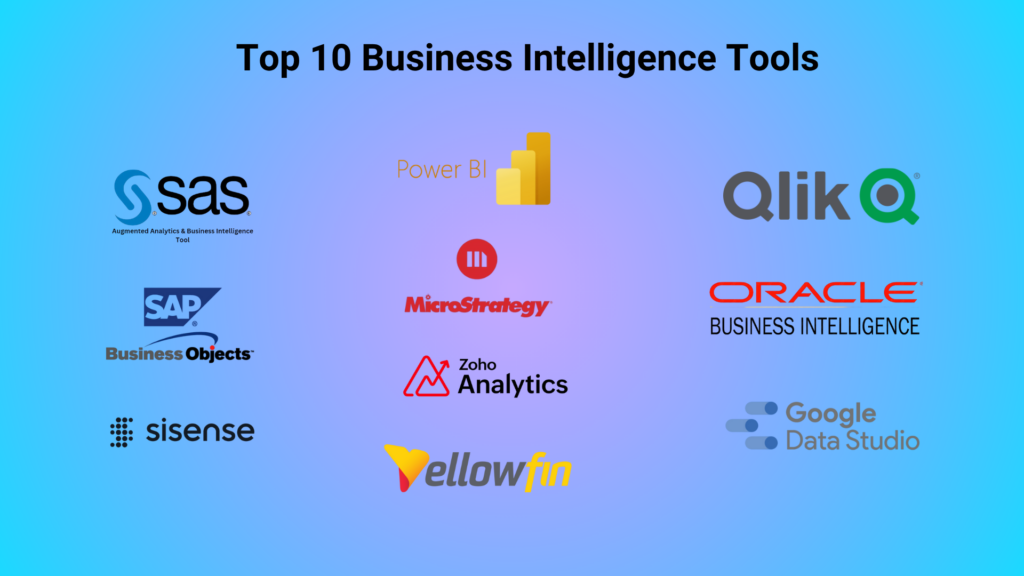
Credit: dynamics.folio3.com
Use Cases And Industry Adoption
Understanding the use cases and industry adoption of Business Objects helps clarify its role as a BI tool. Business Objects serves various business needs by turning raw data into meaningful insights. Its adaptability across different sectors highlights its importance in data-driven decision-making.
This section explores common scenarios where Business Objects excels, industries that rely on it, and the challenges users may face.
Typical Business Scenarios
Business Objects is often used for financial reporting and sales analysis. It helps track performance metrics and monitor operational efficiency. Companies use it to generate dashboards and detailed reports. It supports budgeting and forecasting by providing historical data insights. Data consolidation from multiple sources is another common task. Business users rely on it to identify trends and anomalies quickly.
Popular Industries Using Business Objects
Financial services use Business Objects for risk management and regulatory reporting. Retail companies apply it to manage inventory and analyze customer behavior. Healthcare organizations depend on it for patient data analysis and compliance. Manufacturing firms use it to optimize supply chains and production schedules. Telecommunications companies leverage it for customer churn analysis and network monitoring. Public sector agencies utilize it for budgeting and performance tracking.
Challenges And Limitations
Business Objects requires technical skills for complex report creation. Its user interface can be less intuitive for beginners. Integration with newer data sources may need additional setup. Real-time data processing is limited compared to some modern BI tools. Scalability can be an issue in very large deployments. Customization options might be restricted without specialized knowledge. These challenges can affect adoption speed and ease of use.

Credit: www.pro5.ai
Frequently Asked Questions
What Is Sap Businessobjects Bi?
SAP BusinessObjects BI is a centralized suite for reporting, data visualization, and sharing business intelligence insights efficiently.
What Counts As A Bi Tool?
A BI tool collects, processes, and analyzes data to help businesses make informed decisions. It includes reporting, visualization, and data sharing features. Examples are Power BI and SAP BusinessObjects.
Are Power Bi And Business Objects The Same?
Power BI and Business Objects are different BI tools. Power BI offers flexible, user-friendly data visualization. Business Objects focuses on structured, enterprise-level reporting.
What Type Of System Are Business Objects?
Business Objects is a centralized business intelligence (BI) system by SAP. It enables data reporting, visualization, and analysis for businesses.
Conclusion
Business Objects clearly serves as a BI tool. It helps users collect and analyze data effectively. The suite offers reporting, visualization, and data sharing options. Many companies rely on it for structured data insights. Though it differs from tools like Power BI, it meets essential BI needs.
Choosing the right BI tool depends on business goals and user skills. Business Objects remains a solid choice for many organizations seeking reliable data solutions.

